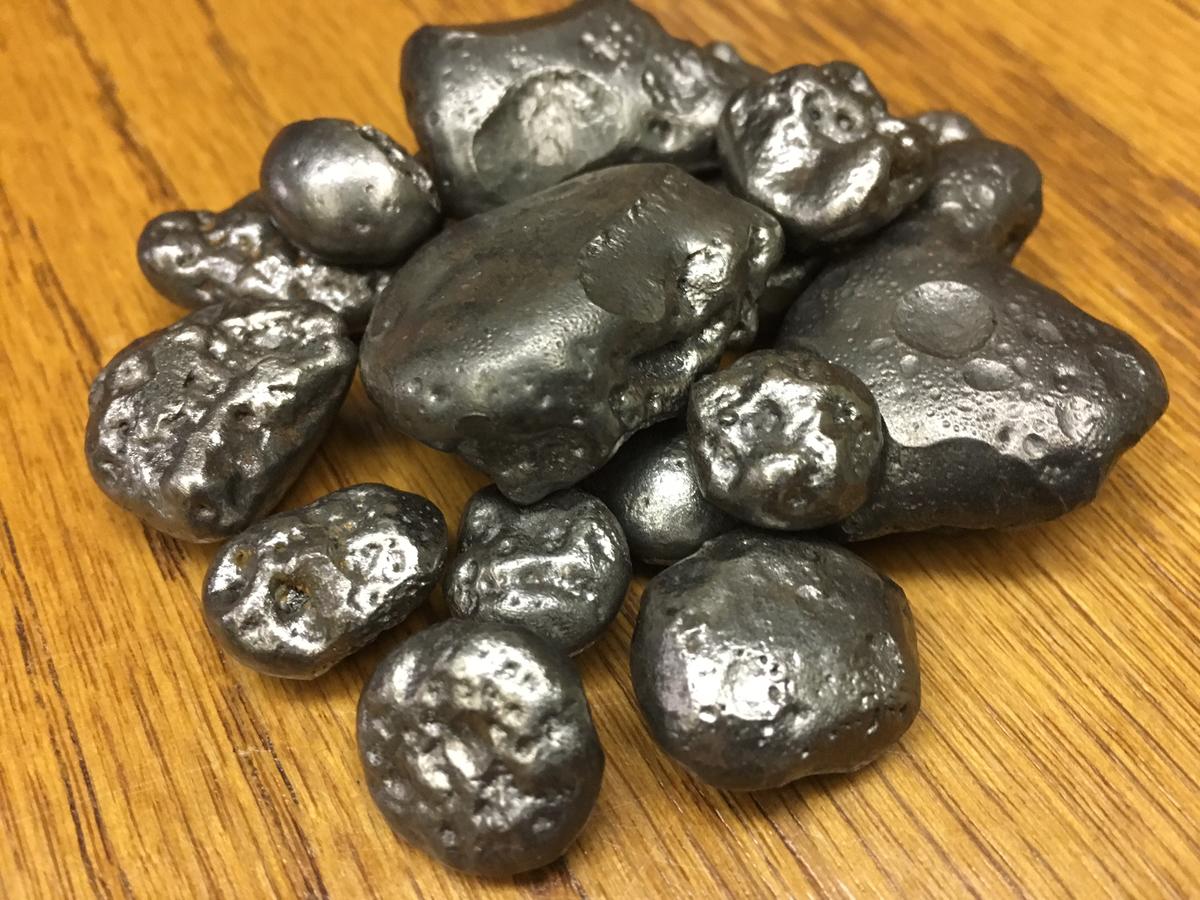Simulating a process to increase iron value
This laboratory will give NRRI and industry partners the ability to fully evaluate both commercial and experimental processes for higher value iron products, like direct reduced iron (DRI). It will be used to define critical variables for processing of specific iron ore bodies, identify economically viable options and reduce risk for investment.
Industry partners are engaged in the design of this lab to define collaborative projects. The lab should be fully commissioned in September 2018.
A comprehensive data source: Natural Resources Atlas
Two case studies that are relevant to current Minnesota issues are being used to design a “mega-app” -- an online tool to access 175-plus databases. To understand the implications of wetland restoration projects and potential ilmenite mining, this atlas will layer data on mineral potential, biology, infrastructure, geology, water resources and more. The interactive platform will improve access to high quality and vetted databases in map format to improve transparency in decision-making.
A focus group will convene for testing and refinement. The public release of this demonstration atlas is slated for July 2018. Continued funding will be sought to expand the scope and content for the entire state.
Microbes that can remove sulfate
Microbes are prevalent in all natural systems. Some convert sulfate to sulfide, while other microbes release iron from iron-bearing minerals which can remove sulfides. NRRI’s long-range, innovative research is to incorporate microbial processes that will deliver a cost effective and simple way to permanently address sulfate pollution levels in regional waters.
This is a long-term study that is currently active at the lab bench scale and moving to pilot-scale testing. Systems will be evaluated this spring and a final report will be delivered in June 2018.
Testing filtering technologies to meet sulfate standards
Laboratory application of a technology that uses chemicals to create solid sulfates which may be filtered out of a water system are showing promising results. The goal is an inexpensive, efficient and easily managed sulfate removal system to complement reverse osmosis.
Water from a northern Minnesota city will be used for pilot-scale testing this summer with a variety of filtering technologies.
Increasing Iron Recovery
Current magnetic separation processes to harvest magnetite do not recover Minnesota’s less magnetic iron resources of hematite and goethite. A new flotation process is being developed to try to recover all three ores at natural pH levels to expand the state’s minable ores. This will also reduce mining waste.
Testing is focused on ores from the western Mesabi Iron Formation which is high in oxide minerals. Pilot testing will continue to understand the relevance to current and future iron mining in Minnesota.
